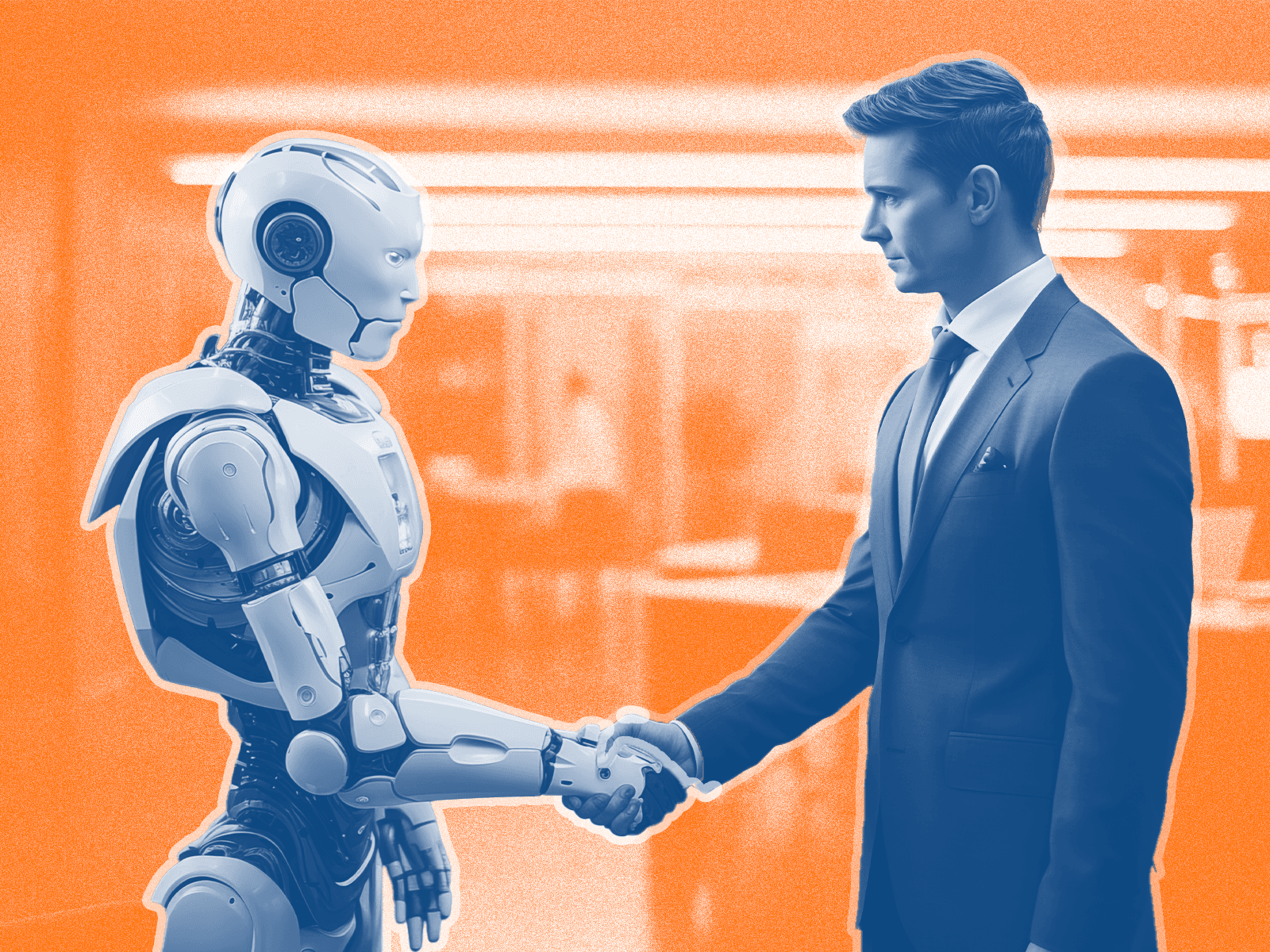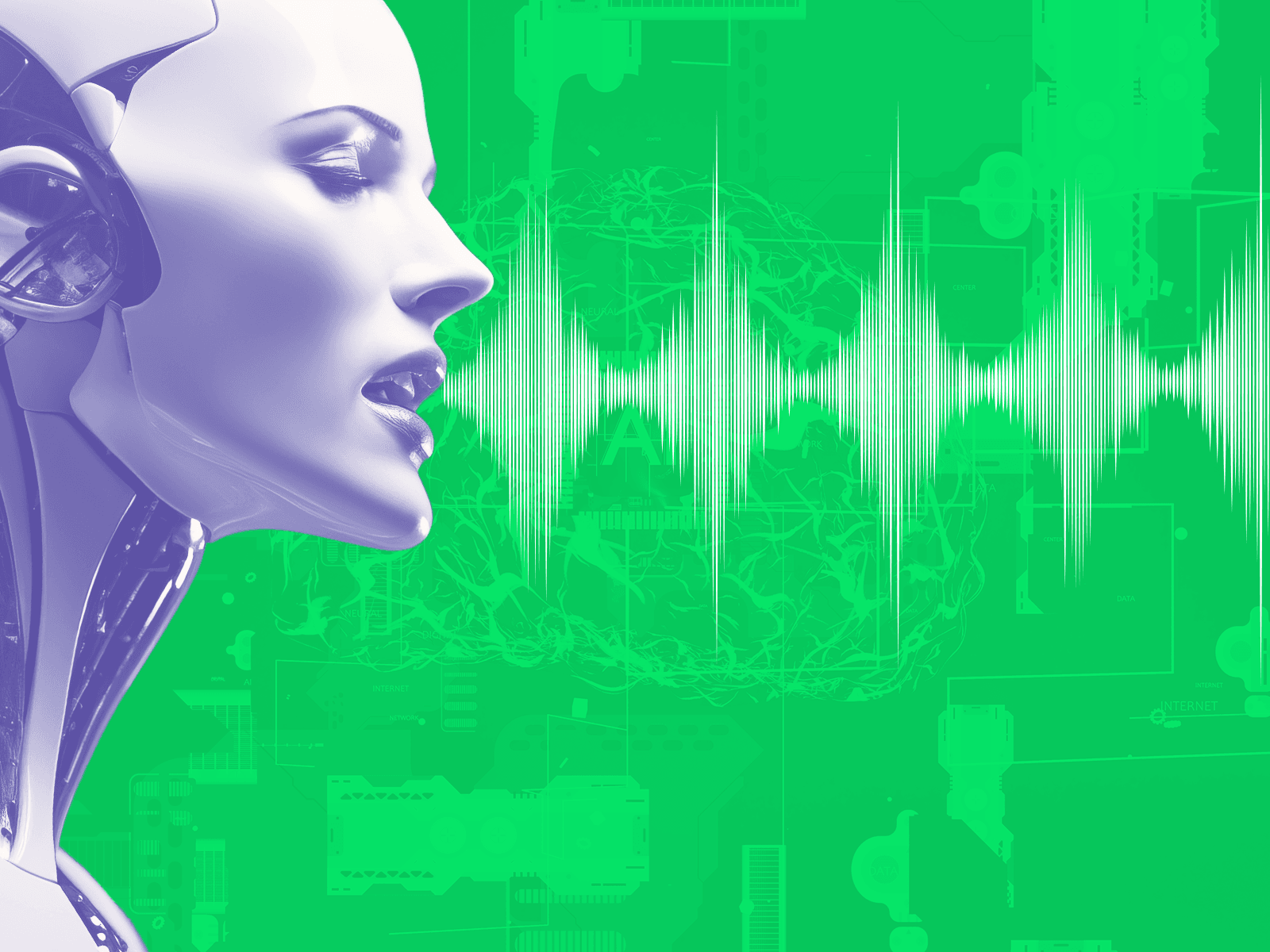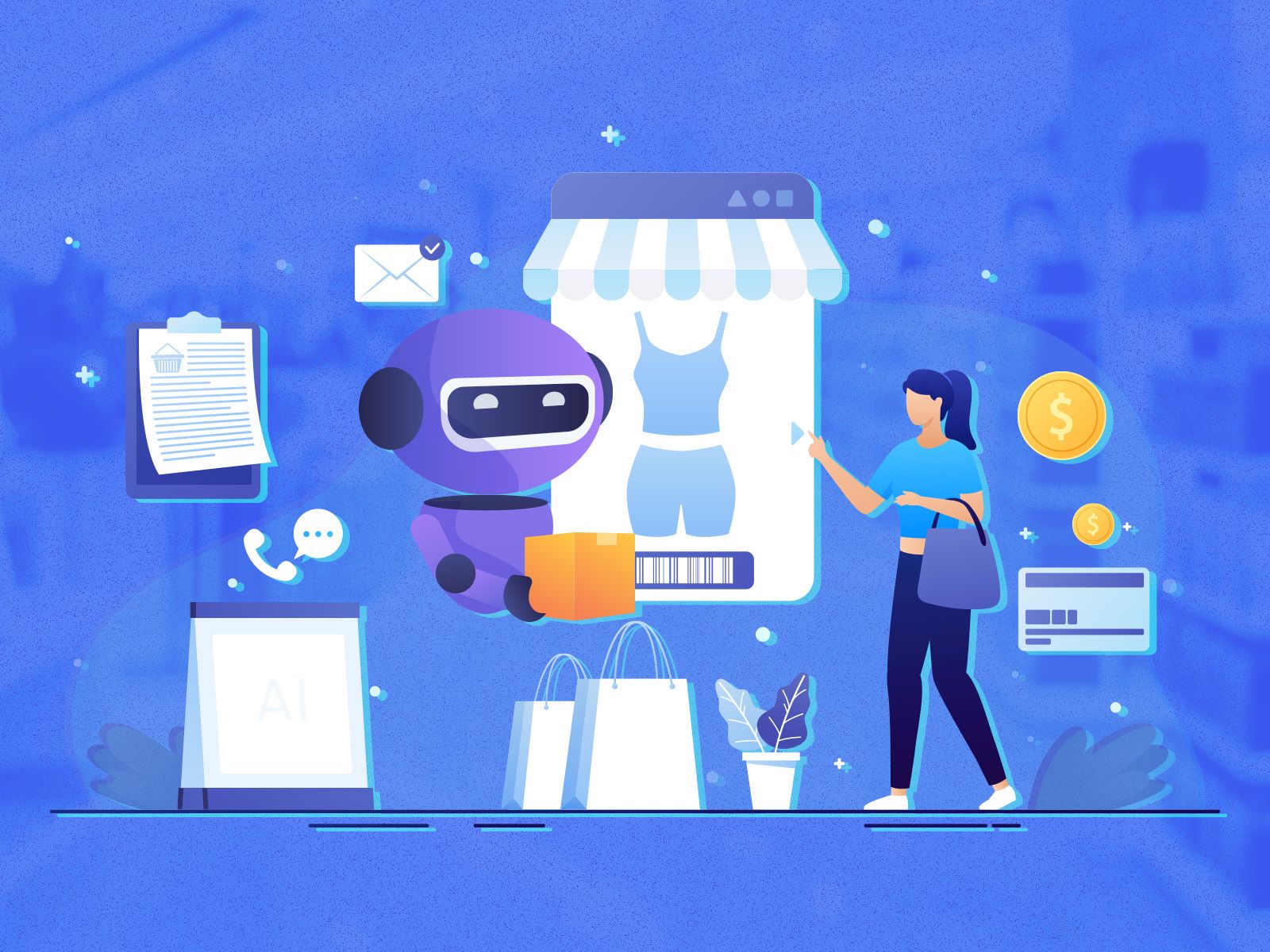5 Ways AI Boosts Retail Experiences

Illustration: © AI For All
One of the most powerful ways to increase sales and efficiency for retail businesses is to enhance the shopping experience for customers. The easier it is for customers to find and buy what they need, the higher the success of businesses. Many technologies that are paving the way toward enhanced shopping experiences for customers around the world. Artificial intelligence is one of the driving forces that power these technologies. Let’s take a look at how exactly AI for retail works.
Virtual Try-On Solutions
A robust technology driving retail experiences for customers forward is virtual try-ons. This leverages artificial intelligence and augmented reality to allow customers to try on clothing, accessories, or even to see how new furniture will fit into their room. The user can engage with these features from home, which is a major advantage of this technology.
You have probably come across similar AR-based virtual try-on solutions. These experiences provide opportunities to try on shoes, watches, glasses, cosmetics, and more. Although AR is the key behind this technology, artificial intelligence helps to expand the capabilities of AR and creates more effective solutions.
For example, artificial intelligence can create images of models wearing clothing. Customers can choose models that best match their body type, and machine learning algorithms create an image of that model wearing the product. Or, an AI algorithm can be used to analyze the user’s face using a camera for more accurate placement of glasses and other accessories on the face during online product testing.
Smart Mirrors
Closely related to virtual try-on technology, smart mirrors have a fantastic opportunity to improve retail customer experiences. However, unlike many other virtual try-on experiences, smart mirrors deliver those experiences via an installed device at home or in-store. This allows for more advanced applications of virtual try-on solutions that may require additional hardware.
Smart mirrors are powered by IoT, Data Science, and Machine Learning algorithms. Such solutions can be integrated with any system and service like an ERP or CRM. For example, smart mirrors can not only create simulations of how a certain item might look during use but also help customers check product availability and price, check the time, weather, or the latest store offers.
Businesses may find opportunities in tightly integrating smart mirrors with virtual assistants. This allows smart mirrors to provide personalized beauty and fashion advice to customers. Powered by artificial intelligence and augmented reality, smart mirrors have an opportunity to synergize many of these technologies together into one package.
Automated Self-Checkouts
Another way of improving the customer experience is through self-checkout automation. Some businesses have completely replaced traditional checkout with complex monitoring systems. This allows customers to simply grab what they like and walk out of the store. The system will then charge customers for the items that they placed in their cart. Amazon is one of the most well-known innovators of this technology.
Advanced self-checkout technology is powered by IoT and AI. Using a complex network of sensors and AI, businesses can keep track of which items are placed into each cart, who is purchasing them, and other advanced tracking solutions.
However, not every business has the resources that Amazon has. More advanced and convenient self-checkout solutions can be implemented on smaller scales. For example, smart vending machines can be used to partially automate areas within your store. This gives guests the convenience of opening the door to a refrigerator, taking an item out, and closing the door. Their card is then charged for the purchase.
AI-Powered Demand Forecasting
Another step toward making shopping more accessible to customers is to provide the products they need when they need them. Demand forecasting powered by artificial intelligence can help. Artificial intelligence can manage vast amounts of data processing efficiently. Powered by enormous amounts of data, AI in retail can make accurate predictions about changes in demand for certain products.
For example, a company can forecast the demand for vegetables in the next month based on historical sales transaction data for the previous three months using a time series approach. This algorithm takes into account trends, cyclical fluctuations, seasonality, and behavior patterns to provide more accurate forecasts.
Improving this system not only helps provide customers with items when they need them but also makes order fulfillment and logistics easier. It also can integrate deeply with marketing campaigns and manufacturing flow management. Because of these strengths, machine learning forecasting is a popular choice for many businesses, large and small. Thanks to examining complex datasets, you can uncover new business patterns and correlations to enhance your business intelligence.
Interactive Chatbots and Virtual Assistants
One of the most important aspects of the shopping experience is customer service. Guests often have questions or need help finding products that they’re looking for. These solutions can also play a role in data collection to improve marketing campaigns. This data is helpful when personalizing the user experience and recommending supplement products.
Chatbots and virtual assistants can help customers with in-store and online shopping as well. When chatbots and virtual assistants automate certain aspects of your customer service processes, your business’s speed and efficiency can improve. Chatbots can take on administrative tasks as well, such as inventory management, analyzing sales data, invoicing, and more.
AI assistants can perform even better and act like real shopping assistants. Powered by NLP and NLU technologies, a virtual assistant can understand voice commands and even respond verbally. Natural Language Processing handles the grammar and structure while Natural Language Understanding helps to understand the actual intent of the query by identifying the context.
Final Thoughts about AI for Retail
To gain an edge in the market, businesses need to be creative when finding ways to innovate and find solutions to problems. It may not require reinventing the wheel but instead may require finding new ways to use existing technologies in useful and meaningful ways.
AI for retail offers enormous opportunities to improve customer experiences at retail businesses, both in-store and online. Some of the most interesting applications of these technologies involve cooperation. By combining technologies like AI and AR, businesses can achieve their financial goals by building strong relationships with their customers.
Retail
Chatbots
Author









